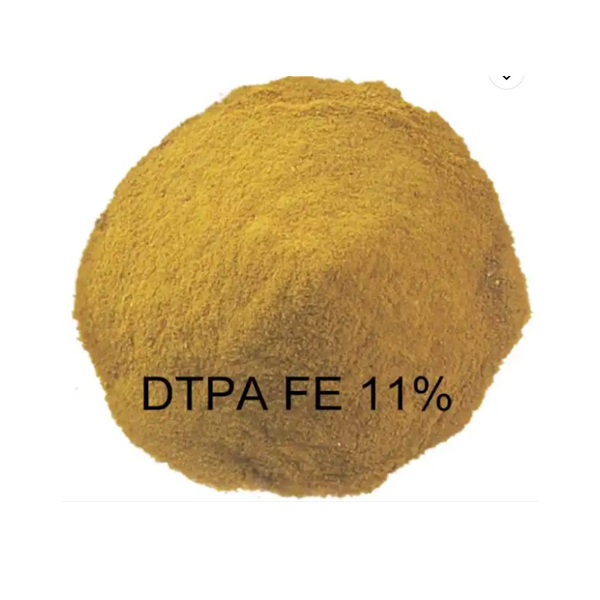
News
Aug . 08, 2024 00:05 Back to list
Innovative Iron Chelate Fertilizers for Enhanced Plant Growth and Nutrient Uptake Solutions
The Benefits of Chelated Iron Starter Fertilizer
In modern agriculture and gardening, the use of specialized fertilizers has become essential for promoting plant health and achieving high yields. Among these, chelated iron starter fertilizers play a pivotal role, particularly in addressing iron deficiency in plants. Iron is a crucial micronutrient that facilitates various physiological processes, including chlorophyll production, enzyme function, and energy transfer. This article explores the importance of chelated iron fertilizer, its benefits, and its application techniques.
Understanding Chelated Iron
Chelated iron refers to iron that has been chemically bonded to an organic compound, forming a stable complex that enhances the iron's availability to plants. This process prevents iron from forming insoluble compounds in the soil, making it more accessible even in alkaline conditions where iron is often rendered unavailable. Chelated iron is available in several formulations, including EDTA (ethylenediaminetetraacetic acid), DTPA (diethylenetriaminepentaacetic acid), and EDDHA (ethylenediamine-N,N'-bis(2-hydroxyphenylacetic acid)). Each formulation offers unique properties suited for different soil types and conditions.
Why is Iron Important for Plants?
Iron is vital for several plant functions. It is a key component of chlorophyll, the pigment responsible for photosynthesis, which is essential for converting sunlight into energy. Additionally, iron plays a role in the synthesis of various enzymes involved in metabolic processes, including respiration and nitrogen fixation. Insufficient iron can lead to symptoms such as chlorosis, where leaves turn yellow while veins remain green, stunting plant growth and reducing crop yields.
Benefits of Using Chelated Iron Starter Fertilizer
1. Enhanced Nutrient Availability Chelated iron fertilizers ensure that iron remains soluble and available to plants, even in challenging soil pH conditions. This characteristic is particularly beneficial for crops grown in alkaline or calcareous soils where traditional iron sources may fail.
chelated iron starter fertilizer

2. Rapid Uptake Plants are able to absorb chelated iron more quickly than traditional iron fertilizers. This rapid availability allows for immediate correction of iron deficiencies, promoting healthier growth from the early stages of development.
3. Improved Plant Health Adequate iron availability leads to improved chlorophyll production, enhancing photosynthesis and overall plant vigor. Healthier plants are more resilient to environmental stresses, pests, and diseases.
4. Higher Yield Potential By ensuring that plants have access to essential nutrients like iron, chelated iron starter fertilizers can contribute to higher yields and better-quality crops. This is particularly important for commercial growers aiming to maximize profitability.
5. Compatibility with Other Nutrients Chelated iron fertilizers can be used in conjunction with other micronutrients, allowing for a comprehensive nutrient management strategy. This compatibility helps ensure that plants receive a balanced diet, crucial for optimal growth.
Application Techniques
Applying chelated iron starter fertilizers can be done through several methods, including soil application, foliar sprays, and fertigation (application through irrigation systems). The choice of application largely depends on the specific crop, soil conditions, and the severity of iron deficiency. Foliar applications can provide quick results, while soil applications offer long-lasting benefits.
In conclusion, chelated iron starter fertilizers represent a vital resource for gardeners and farmers seeking to enhance plant health and productivity. By ensuring iron availability in the soil, these fertilizers help prevent deficiencies that can severely impact crop yield and quality. As agricultural practices continue to evolve, the use of specialized fertilizers like chelated iron will become increasingly important in promoting sustainable and productive farming. Whether in home gardens or large-scale agricultural operations, understanding and utilizing chelated iron can lead to thriving plants and successful harvests.
-
Polyaspartic Acid Salts in Agricultural Fertilizers: A Sustainable Solution
NewsJul.21,2025
-
OEM Chelating Agent Preservative Supplier & Manufacturer High-Quality Customized Solutions
NewsJul.08,2025
-
OEM Potassium Chelating Agent Manufacturer - Custom Potassium Oxalate & Citrate Solutions
NewsJul.08,2025
-
OEM Pentasodium DTPA Chelating Agent Supplier & Manufacturer High Purity & Cost-Effective Solutions
NewsJul.08,2025
-
High-Efficiency Chelated Trace Elements Fertilizer Bulk Supplier & Manufacturer Quotes
NewsJul.07,2025
-
High Quality K Formation for a Chelating Agent – Reliable Manufacturer & Supplier
NewsJul.07,2025
